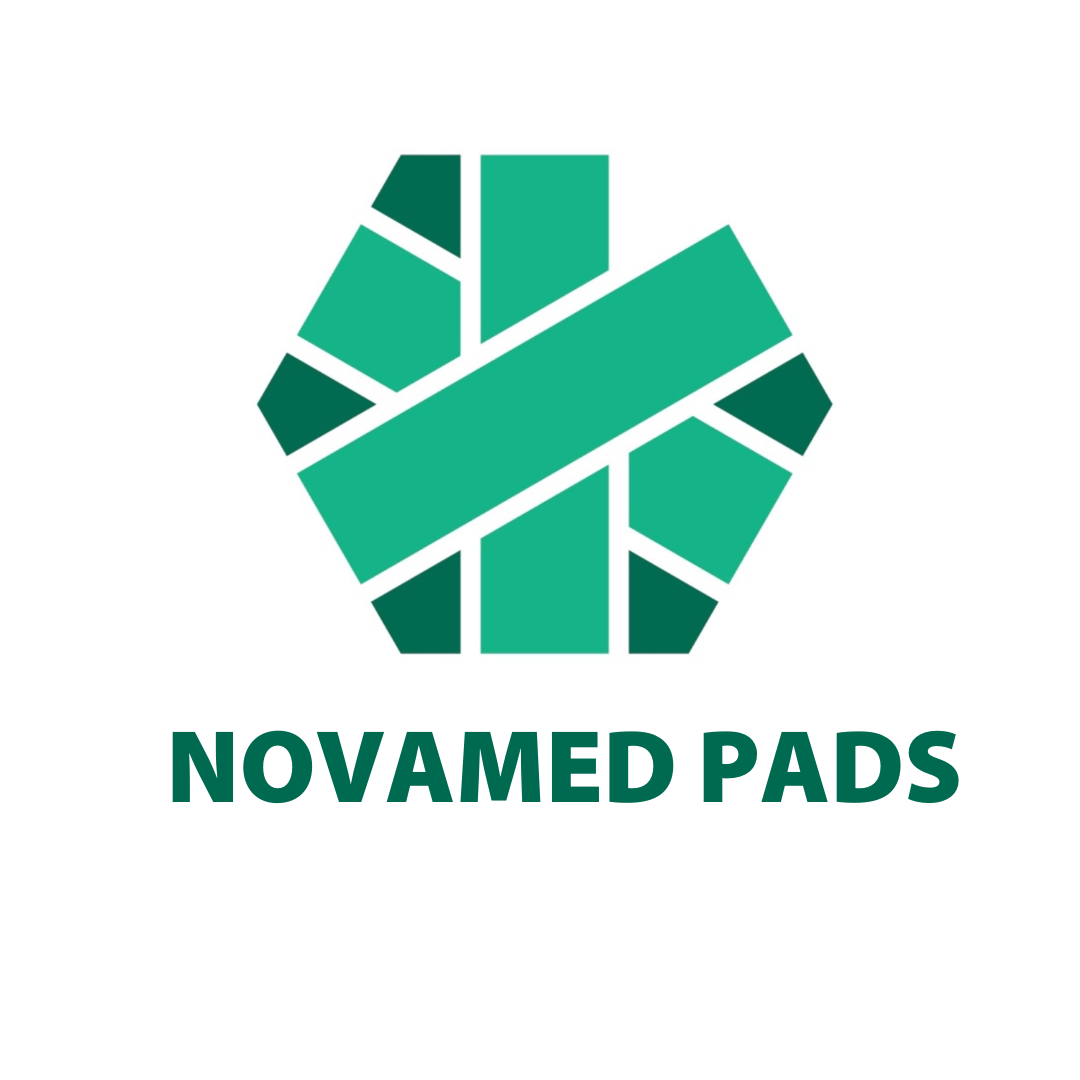FAQ
Absorbent disposable body worn pads contain two vital ingredients: fluff pulp and super absorbent polymers (SAPs). SAP are not only high absorbent but lock fluid away to prevent it returning to the skin. Pads also have anti-leak cuffs/barriers which act as barriers to prevent leakage.
2. What factors can inhibit pad absorption?
The incorrect application of oil based creams and the use of talcum powder can inhibit the pads performance. The use of talcum powder, either on the pad or applied to the groin area, is not recommended. Should a medicated cream be prescribed, it should be applied following the manufacturer’s instructions. The use of such creams should be determined by your local Health Care Professional
3. Why are there so many types of pads?
Bladder and bowel problems can affect anyone from very young to very old and product styles need to reflect individual needs. Both hip size and bladder capacity can vary and so the absorbency of disposable pads needs to reflect this, as well as the need to contain faeces. Sizes range from those required for neonatal babies to large adults.
4. Can I flush disposable pads down the toilet?
No, absolutely not. You should place used pads into a plastic bag and dispose of in general household waste. In care homes, and hospitals local policy for disposable should be followed. Where clinical waste bins are available they should be used
5. Can pads stop smells happening? Do they have odour control?
Yes, pads contain super absorbent polymers (SAPs) and an odour control system which help prevent unpleasant smells .
6. How often should I change my pad?
Most pads have wetness indicator lines to show the presence of urine. These act as a guide to show when the pad may need to be changed. The blue line / writing will fade away. When approximately two thirds of wetness indicator lines have changed colour the pad is ready to be changed.
If there has been any faecal soiling then the pad should be changed immediately regardless of the wetness indicators.
7. Can you wear two pads at a time to increase the absorbency?
The back of the pads are waterproof so fluid will not flow from one pad to another. Wearing more than one pad can affect the skin and pressure areas by forming hard edges. There is no benefit from wearing more than one pad. Wearing more than one pad is viewed as bad practice and can put skin and pressure areas at risk.
8. Can I apply the same pad after toileting the resident/patient?
Yes, as long as the pad is intact, there is no faecal soiling, approximately two-thirds of the wetness indicator lines have not changed colour and there is no other medical reason for the pad to be changed.
9. Can I leave the same pad on overnight?
Yes, as long as the absorbency of the pad will last overnight without leaking, there is no faecal soiling on the pad, and there is no other medical reason for the pad to changed. Please note in a care home/hospital environment it is important to check the wetness indicators at regular intervals (without disturbing the sleep) to ensure the pad will last. Wetness indicators allow pads to be checked with minimal disturbance to the wearer
10. What should I check if the pad is leaking?
Check the following:-
- - Correct fitting of the pad
- - Correct waist size of pad if applicable
- - Correct absorbency
- - Correct size and style of fixation pants or underwear
- - If an oil based cream has been used – has it been applied sparingly?
- - Wetness indicators – have they reached the maximum absorbency or not?
- - Weighing the pad is also an option to find out if the pad has reached its maximum absorbency.
11. Should pads to shaken fluffed or twisted prior to application?
No. Due to the way pads are manufactured, this will cause the pad to break up and will move the position of the fluff and the SAPs. As a result, the pads will not function efficiently.
12. Are there day pads and night pads?
No. As people will pass varying amounts of urine throughout a 24 hour period. It is important to establish their fluid intake/output and medication, etc. Completing a thorough continence assessment will aid selection of the correct absorbency and style for each individual person.
13. Why does my pad look as if the pulp has clumped together?
There are several reasons why this could happen:
- - The pad has been shaken prior to fitting, some people think that you have to activate the pad/ absorbent polymers but there is no need to do this. The pad needs to be removed from the packaging and gently opened up, then folded lengthwise forming a cup/gully at the groin area. For fitting information please refer to our Fitting Guide.
- - The pad is too high in the absorbency for the user urine output. This causes the urine to clump in one area of the pad rather than evenly throughout.
14. What is the advantage of weighing pads?
Weighing pads allows for an accurate measurement of urine in the pad to be recorded. The number of wet episodes and leakages can also be recorded. This can help establish whether a higher or lower absorbency pad is required.
15. What is the working absorbency/total ISO absorbency?
The working absorbency is a guidance to the amount of urine the product will absorb during the normal use.
The total absorbency (ISO) is the measurement of capacity used during the manufacturing process.

